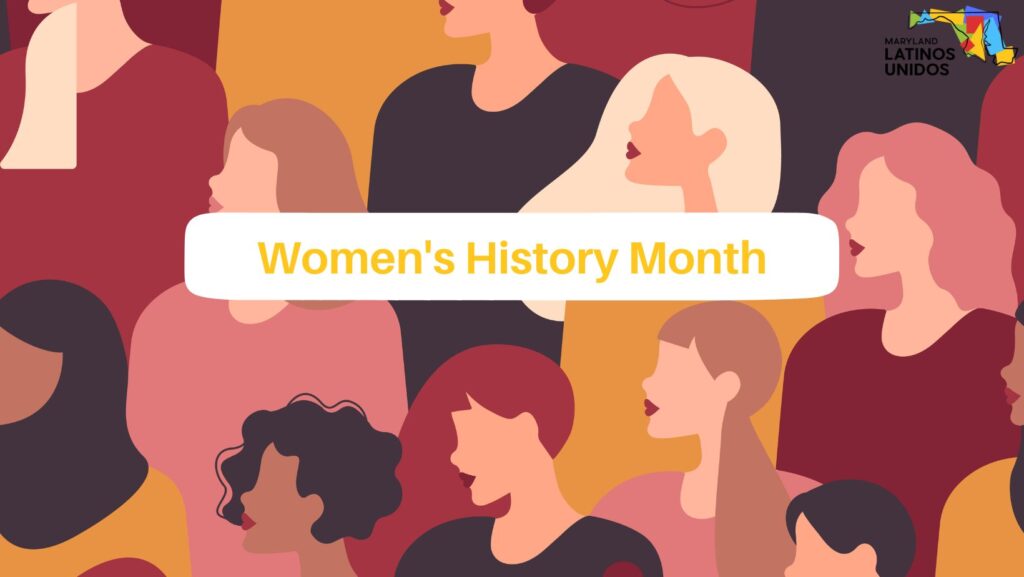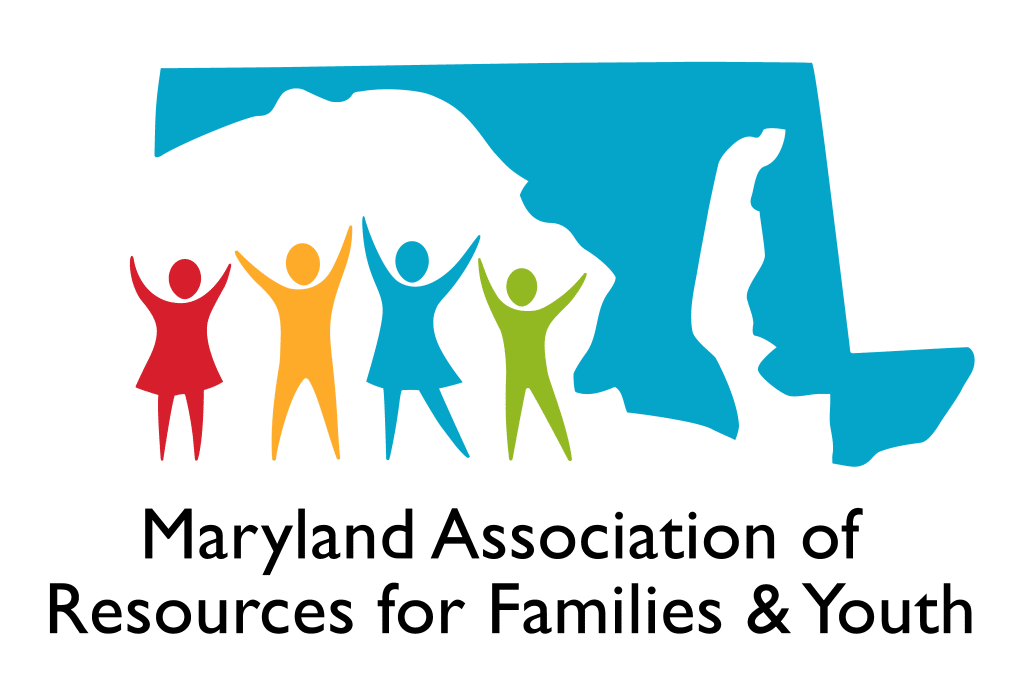¡En marzo le damos la bienvenida al mes de la historia de la mujer! Welcome to Women’s History Month – when for a moment, we consider the contributions that women have made during their lifetimes. Yet, few women appear in history books and even fewer Latinas. Though many, have played influential roles in the making of their countries, significant discoveries in the sciences and humanities, and advancing the overall economy of their nations. Where have Latinas made progress? And where is there a dire need to make headway sooner than later? In 2023, the answers are a mixed bag.
The pandemic put into stark relief how deeply ingrained gender roles are in society, acutely so for Latinas. The burden of unpaid care fell to millions of women who left the workforce to take care of their families. It demonstrates how cultural adjustments have been slower among first- and second-generation mujeres (women). In the case of Latinas, the impacts were devastating and promise to be long-lived.
Latinas’ economic equity and health stand at the forefront of the many needs they are experiencing. The story is not all bad of course. Latinas have made great strides in closing college achievement gaps, even while Latino men continue to lag behind. Latinas, in contrast, still face significant pay disparities and barriers to economic prosperity and lag terribly behind in important areas like maternal health, mental health, and preventive primary care which will have long-term impacts on their well-being as they get older.
Latinas and the Economy
According to UCLA’s Latino Public Policy Institute, the pandemic crystallized how without considerable changes in job protection and safety-net programs, the economic potential of Latinas could remain limited for at least 10 more years – factors which slow Latinas’ economic recovery for themselves and their families and impacts their communities. Latinas suffer from sustained structural disadvantages such as hyper-segregation in low-paying jobs vulnerable to pandemic-induced shutdowns, in leisure, food, and hospitality. Combined with disproportionate family-care obligations and the lack of support for childcare, the closure of schools, and daycare centers, Latinas were forced to stop looking for work altogether during the pandemic. These factors are not fully resolved yet and continue to plague them and preclude them from re-entering the labor force in the near future.
Median wages for Latinas are $30,551 per year, compared to the median wage of $57,005 for white, non-Hispanic men, according to UnidosUS. Nearly 30% of Latina-led households live below the poverty level, according to the US Census. The stark differences in outcomes relate to how Latinas are more likely to take on most of the family caregiving, taking care not only of the children but also the older members of their family sacrificing income for job flexibility.
Latinas know that education and literacy have presented challenges for a significant proportion of themselves and their fellow community members, limiting their ability to get better jobs. But that is also a driver for why more Latinas are taking the leap and getting a college degree so they can apply and compete for jobs with benefits and raise their incomes. The Pew Research Center reported that around 35 percent of Latinas ages 18 to 24 were enrolled at least part time in college in 2021, compared with 28 percent of. Census data also indicates that more than 14 percent of Hispanic women held a bachelor’s degree in 2022, compared to 12 percent of Hispanic men.
Latina Health Equity
In June 2022, the Supreme Court overturned Roe v. Wade, placing millions of women in limbo. According to the Guttmacher Institute, one in five women from all walks of life in the United States has had an abortion by age 45. Among those who have had abortions, 75 percent are low income, and many do not have health insurance. Sixty percent of women who have abortions are in their 20s. And the majority of women who have abortions have at least one child already. Thirty-nine percent of women who have abortions are white; 28 percent are black, and 25 percent are Hispanic, and nine percent are of another race or ethnicity.
But, reproductive health, critical though it is, is not the sum of women’s health. Latinas are facing unique health challenges that are compounded by their economic status, and in some cases immigration status. The distinctive development of women’s bodies across their lifespan requires targeted study to uncover the pathways of acute and chronic conditions and the treatments that will control or cure them. These studies must consider ethnic differences as well.
Latinas generally live longer than men, but are at greater risk of Alzheimer’s disease, and stroke, and their heart disease remains poorly studied and under-diagnosed. Physician bias, reflected in the lack of language access and cultural competency, as well as a failure to listen to Latinas or to dismiss their symptoms as stress or hormones, also undermines their care. First-generation Latinas often are forced to bring their children with them to appointments who are often placed in the position of interpreter for their mothers. As gender- and ethnic-specific research and women-centered clinical practice bring new prominence to the health needs of half the world’s population, the status quo cannot continue.
In conclusion, Latinas needs reflect those of the general population, but there are considerable differences as well that must be addressed. From the economy to healthcare access, unless circumstances significantly change in the work sectors where they are concentrated in – meaning higher wages, better work conditions and health benefits – and/or the development of a social safety net, it will take Latinas and their families a longer time to recover from recent economic challenges. It impacts their access to services, their ability to keep a roof over their heads, and feed their families. Latinas are willing to work, but they need jobs that are flexible and better healthcare. They would also deeply benefit from a social safety net and better access to quality, affordable childcare. La lucha continua. The fight continues.
Legítima Latina
Mixed-martial artist, Alexa Grasso, became the first Mexican woman to win the Ultimate Fighting Championship (UFC) when she beat Valentina Shevchenko of Kyrgyzstan in the UFC flyweight championship fight on March 04, 2023, in Las Vegas.
Latinas en la Historia
Sor Juana Ines de la Cruz (1648-1694) was a poet and a scholar of literature and philosophy in Mexico City who also happened to be a Carmelite nun. As a young woman of the Viceroy’s court in Mexico, when asked about marriage she said she preferred to be in a convent rather than abandon her “freedom to study”, landing her in the Convent of Santa Paula. The Viceroy had several of her poetic works published in Spain in the 1680s. She is widely considered to be the first feminist writer of the New World. As a national icon, her portrait graces Mexico’s 200 peso bill.
Ellen Ochoa is an engineer, former astronaut, and former Director of Johnson Space Center. In 1993, she was the first Latina to go into space for a 9-day mission on the Shuttle Discovery. She retired from the Johnson Space Center in 2018 to become the Vice-Chair of the National Science Board which runs the National Science Foundation.
Sonia Sotomayor became an Associate Justice of the Supreme Court in 2009. Born in the Bronx in 1954 to a native Puerto Rican family, she witnessed first-hand the challenges that many Latinos face in the United States with regard to language and lack of access to services. She became a lawyer after graduating from Yale Law with her JD, and at 25 she became Assistant District Attorney gaining a reputation as a tough prosecutor. She then went into private practice and where she excelled at intellectual property rights and copyright litigation. On the recommendation of Senator Daniel Patrick Moynihan, the George H.W. Bush administration nominated her to the US District Court for the Southern District of New York in 1991. Her fame as a judge was established when she “saved” Major League Baseball with her strike-ending decision in Silverman v. Major League Baseball Player Relations Committee.





